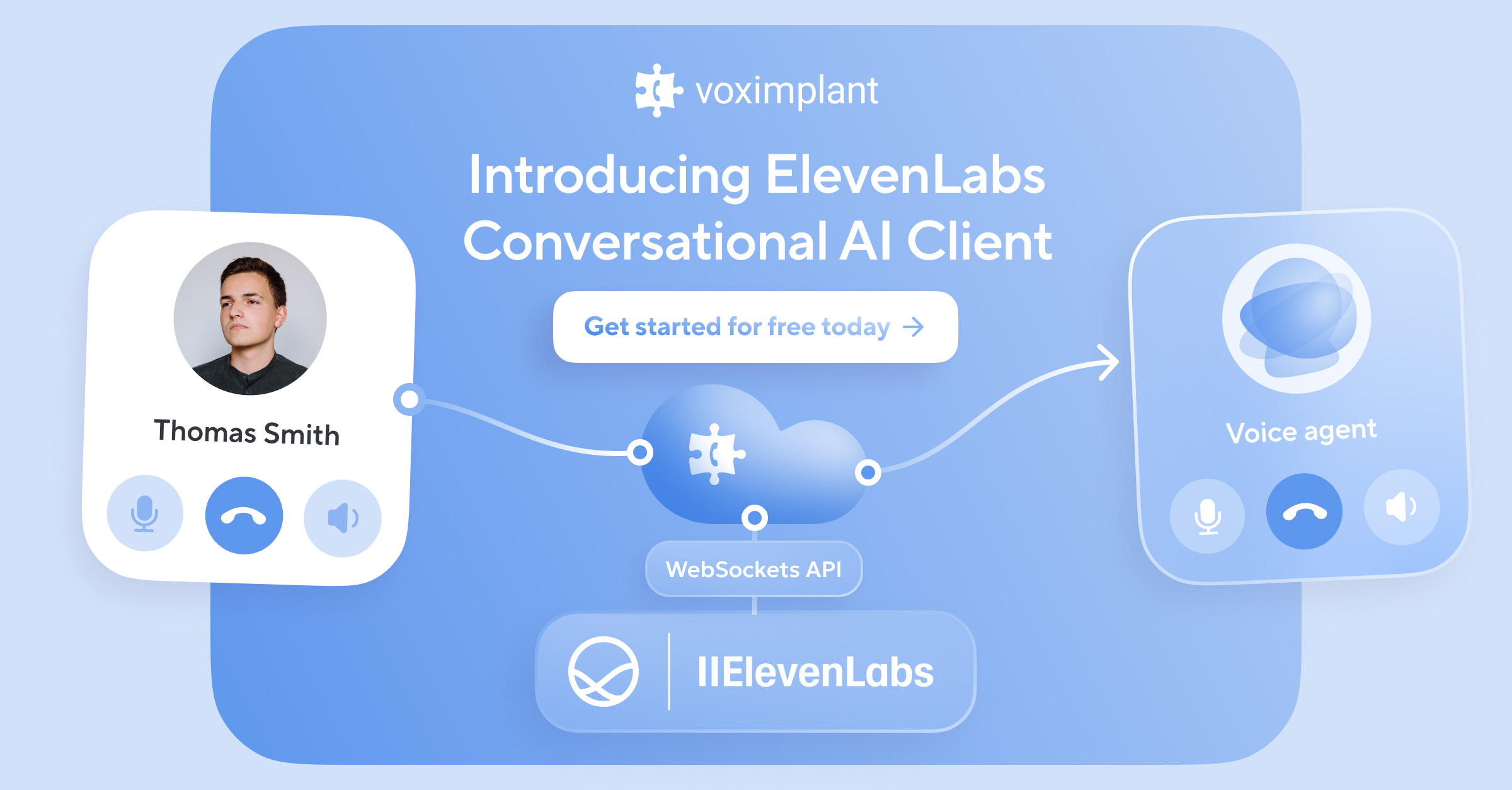 It's been a while since we released the iOS SDK and now it's time to announce that we have finished the first version of the Android SDK. VoxImplant developers can easily embed all functionality VoxImplant offers into their native Android applications. We are still working on video calls support, it will appear in the next release of the SDK. We promise to publish the tutorial next week and publish the link here. Meanwhile, you can download the SDK and example application using the following link Download the Android SDK.
It's been a while since we released the iOS SDK and now it's time to announce that we have finished the first version of the Android SDK. VoxImplant developers can easily embed all functionality VoxImplant offers into their native Android applications. We are still working on video calls support, it will appear in the next release of the SDK. We promise to publish the tutorial next week and publish the link here. Meanwhile, you can download the SDK and example application using the following link Download the Android SDK.

Voximplant Kit updates. January 2025
New Features in Voximplant Kit: Update overview We are constantly working to improve our product to make it easier to use and more effective for you. In this update, we have added several useful features. Here’s what’s new:




